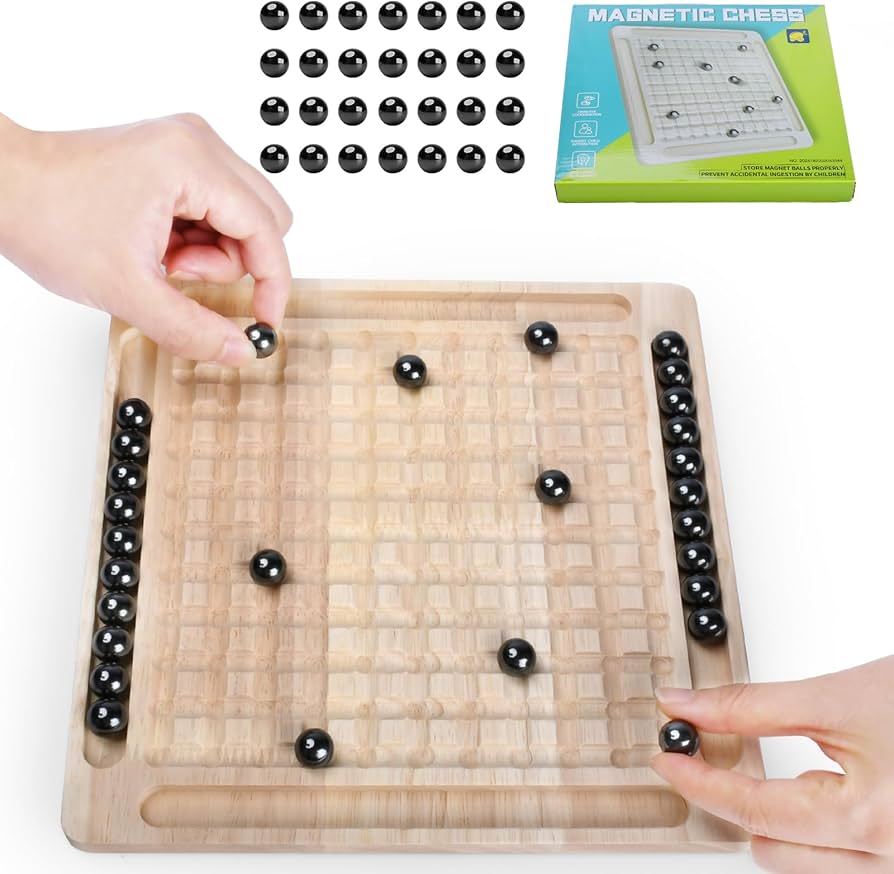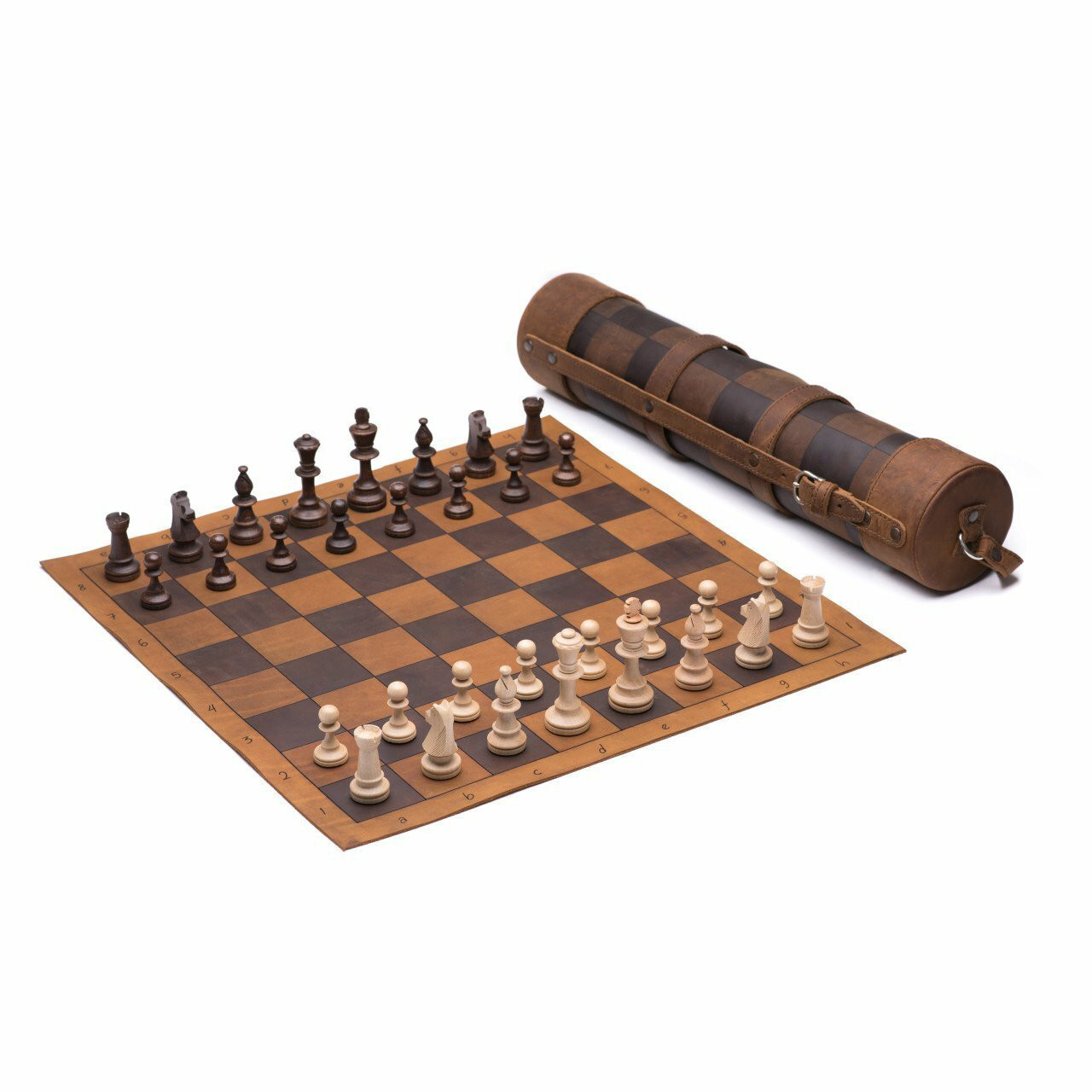Chess is a game of strategy and skill. One special move in chess is called En Passant. This move can be confusing for beginners. Let’s understand En Passant and how many times you can use it in a game.
What is En Passant?
En Passant is a French term. It means “in passing.” This special move involves pawns. It can only happen under specific conditions.
Conditions For En Passant
There are three conditions for En Passant:
- The moving pawn must be on its fifth rank.
- The opponent’s pawn must move two squares forward from its starting position.
- The move must happen immediately after the opponent’s pawn moves two squares.
If these conditions are met, the En Passant move can be made. The opponent’s pawn is captured and removed from the board. The moving pawn moves diagonally to the square behind the captured pawn.
How Many Times Can You Use En Passant?
You might wonder how many times you can use En Passant. The answer is simple. There is no limit to the number of times you can use En Passant in a game. However, the conditions must be met each time.
Why No Limit?
There is no limit because En Passant depends on the game situation. The opportunity for En Passant might not happen often. It depends on how players move their pawns. If the conditions are met, you can use the move.
Examples of En Passant
Let’s look at some examples to make it clear:
Example 1:
White pawn is on the fifth rank at e5. Black pawn moves from d7 to d5. White can capture the black pawn via En Passant. The white pawn moves to d6, capturing the black pawn.
Example 2:
White pawn is on the fifth rank at a5. Black pawn moves from b7 to b5. White can capture the black pawn via En Passant. The white pawn moves to b6, capturing the black pawn.
Example 3:
White pawn is on the fifth rank at h5. Black pawn moves from g7 to g5. White can capture the black pawn via En Passant. The white pawn moves to g6, capturing the black pawn.
Strategies Involving En Passant
En Passant can be part of your strategy. It can change the game’s balance. Here are some tips:
- Keep an eye on your opponent’s pawns. Watch their movement carefully.
- Position your pawns on the fifth rank. This can create opportunities for En Passant.
- Be ready to use En Passant when the conditions are met. Do not miss the chance.
Credit: www.chesshouse.com
En Passant and Fair Play
En Passant follows the rules of chess. It is a fair move. Both players should know and understand this move. It makes the game more interesting. It also adds a layer of strategy.

Credit: www.wikihow.com
Common Questions About En Passant
Here are answers to common questions:
Can En Passant Be Used More Than Once?
Yes, En Passant can be used more than once. There is no limit, as long as the conditions are met.
Is En Passant A Mandatory Move?
No, En Passant is not mandatory. You can choose to make the move or not.
Can En Passant Be Used In All Chess Games?
Yes, En Passant is a standard chess rule. It is used in all official chess games.
Practice En Passant
To get better at using En Passant, you need practice. Play games and watch for opportunities. The more you practice, the better you will become.
Conclusion
En Passant is a unique and interesting move in chess. It can be used multiple times in a game. The key is to understand the conditions. Practice and watch for opportunities. En Passant can change the game. Use it wisely and enjoy the game of chess.








6 Responses
Дизельное топливо — это основной вид топлива, который нашёл применение в промышленности.
Благодаря своей экономичности дизельное топливо обеспечивает стабильную работу двигателей.
Качественное топливо способствует эффективность функционирования техники.
Большую роль имеет чистота топлива, ведь низкосортные добавки могут ускорить износ.
Производители дизельного топлива должны поддерживать нормы безопасности.
Новые методы позволяют улучшать его характеристики.
Во время покупки дизельного топлива важно учитывать сертификаты качества.
Доставка и содержание топлива также определяют на его свойства.
Низкосортное ДТ может вызвать нарушению работы системы.
Поэтому контроль качества продукта — необходимое условие.
В настоящее время представлено широкий выбор дизельного топлива, отличающихся по составу.
Морозостойкие виды дизельного топлива гарантируют эксплуатацию двигателей даже при экстремальных условиях.
С развитием новых технологий качество топлива повышается.
Продуманные решения в вопросе использования дизельного топлива обеспечивают повышение производительности.
Таким образом, качественное дизельное топливо является основой долговечной эксплуатации любого производственного процесса.
Знание английского языка сегодня считается необходимым навыком для современного человека.
Английский язык дает возможность находить общий язык с людьми со всего мира.
Без владения языком сложно достигать успеха в работе.
Организации оценивают знание английского языка.
курсы английского языка для взрослых
Изучение языка открывает новые возможности.
Зная английский, можно читать оригинальные источники без трудностей.
Помимо этого, регулярная практика развивает память.
Таким образом, владение английским является залогом в саморазвитии каждого человека.
Dating platforms for adults allow individuals to find new acquaintances.
They are designed for those who appreciate open communication.
Such platforms create a convenient space for meeting others in a virtual format.
A lot of people prefer online dating to broaden their circle.
WikiPleasure
The purpose of such platforms is to help people who are looking for the same things.
Respectful communication on these platforms helps establish real contact.
Digital tools make dating easier than ever before.
Ultimately, modern dating services open new opportunities regardless of distance.
Приобретение вида на жительство за границей становится всё более популярным среди россиян.
Такой вариант даёт широкие горизонты для путешествий.
Второй паспорт помогает легче пересекать границы и избегать визовых ограничений.
Также такой документ может укрепить уровень личной безопасности.
Паспорт Вануату
Большинство граждан рассматривают возможность переезда как путь к независимости.
Оформляя ВНЖ или второй паспорт, человек получить образование за рубежом.
Каждая страна предлагают свои программы получения статуса резидента.
Вот почему вопрос оформления становится всё более значимой для тех, кто думает о будущем.
This website offers a lot of interesting and informative information.
On this platform, you can find different articles that expand knowledge.
Readers will enjoy the content shared on this site.
Each section is thoughtfully designed, making it simple to use.
The articles are relevant and engaging.
The site includes tips on various fields.
Whether you’re looking for practical advice, this site has what you’re looking for.
All in all, this website is a excellent platform for those who love learning.
https://vom-thorstein.de/
This resource contains a lot of interesting and helpful information.
On this platform, you can find a wide range of subjects that help you learn new things.
Everyone will enjoy the materials shared here.
Each section is well-structured, making it convenient to use.
The articles are written clearly.
There are tips on various fields.
If you want to find practical advice, this site has everything you need.
To sum up, this site is a excellent platform for curious minds.
https://sppiotrowice.info/